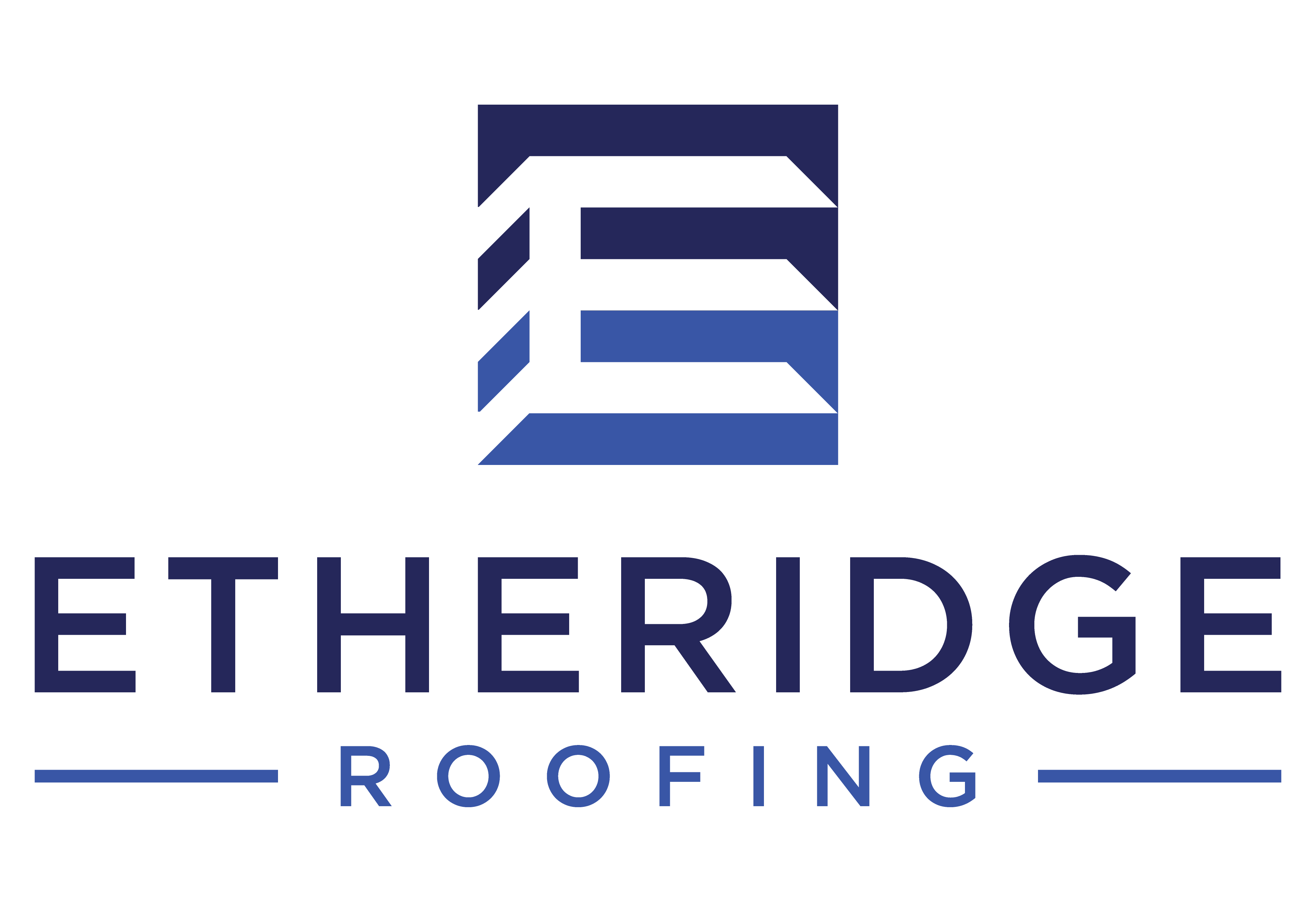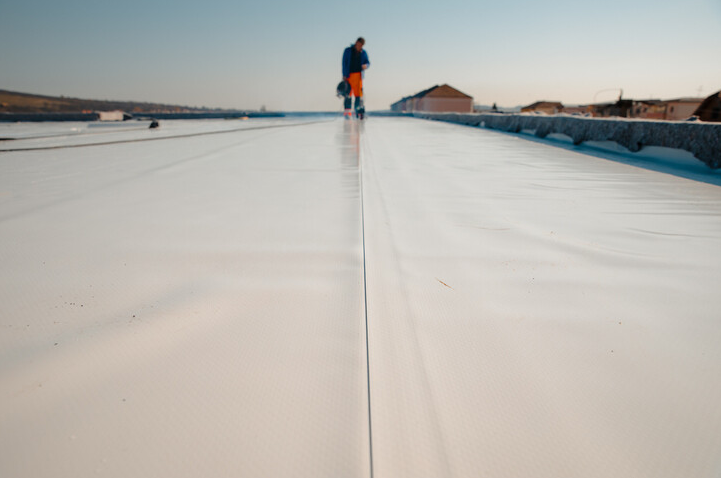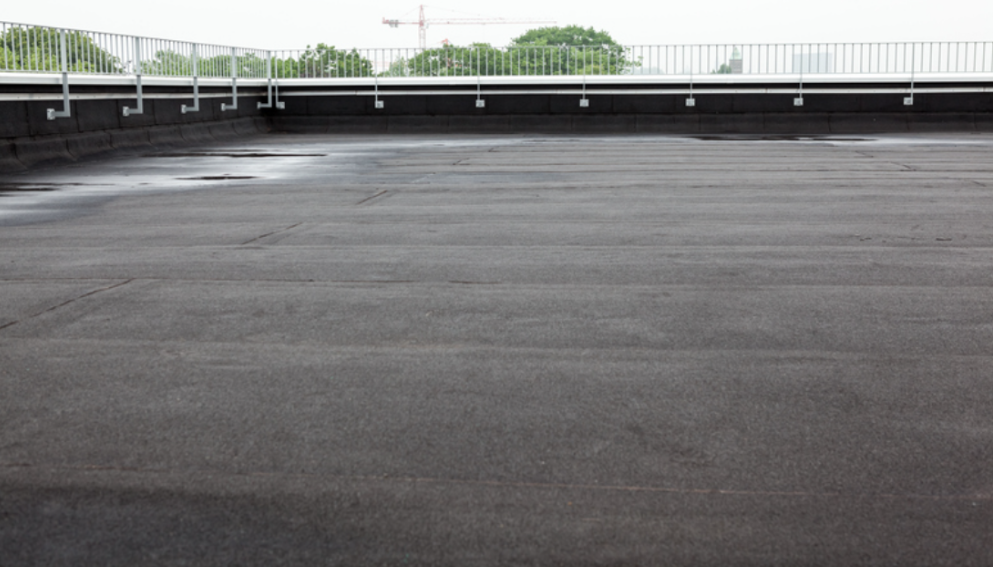Choosing the Right Drainage System for Commercial Flat Roofs
Choosing the correct drainage system for your commercial flat roof is critical. This decision impacts the longevity of your roof, its efficiency, and ultimately, the safety and security of your business. The challenge lies in understanding your current system, the alternatives available, and how to make an informed choice. This article will guide you through this process and help ensure your commercial property is well protected.
Understanding the Importance of Good Roof Drainage
Imagine your commercial flat roof as a battlefield, and rainfall as the enemy. Without any natural incline to serve as a natural defense, flat roofs are at a disadvantage when dealing with this water-based adversary. Enter the hero of this battle - a well-functioning drainage system. The role of this system is to swiftly and effectively remove water from the roof, protecting your fortress from the adverse effects of water accumulation. Left unchecked, this accumulation can be a destructive force, causing structural damage and leaks, and encouraging the growth of unwelcome guests like mold and mildew. A well-designed and maintained drainage system acts as a guardian, ensuring the integrity of your roof and the safety of your commercial property. This vital role underscores the importance of not just having a drainage system, but ensuring it is properly suited to your specific needs. After all, every roof has its own unique vulnerabilities and strengths - your drainage system should take these into account to provide the best possible protection.
Assessing Your Current Drainage System

Dive into the trenches of your existing drainage system before you launch into exploring new alternatives. Picture the scene after a heavy downpour. Is there residual water stranded on your roof that fails to drain within two days? This could be a flashing red light indicating your current system is failing to keep up. Don't ignore signs of water damage either. Stains on the ceiling or walls could be silent alarms, indicating that your drainage system isn't effectively steering water away from your building, leading to leakages. Get acquainted with these trouble signs, and you'll be in a stronger position to know what you're seeking in your next line of defense.
Identifying the Best Drainage System for Your Commercial Flat Roof
Navigating the world of flat roof drainage systems can feel like finding your way through a maze. Don't worry - we're here to provide some clarity. Primarily, there are three contenders in the race: interior drains, scuppers, and gutters. Picture interior drains as a series of tunnels, located at strategic intervals on your roof, siphoning off rainwater through hidden pipelines. Then we have scuppers, the gateways positioned along your roof's edge, granting water the freedom to escape. Finally, there are gutters, the reliable rain collectors situated at the periphery of your roof, ushering water away from your building.
But the question still remains, which is the champion for your roof? To answer that, you'll need to consider your roof's specific characteristics - its size, geographical location, and the typical amount of rainfall it receives. Not every drainage system will suit every roof. Just like a tailor-made suit, your roof's drainage system should be a perfect fit, carefully chosen to complement and enhance its specific features.
After all, the key is to pick a system that matches your roof's unique strengths and vulnerabilities. The goal? To achieve the most efficient, swift removal of water possible, protecting your commercial property and ensuring the longevity of your roof. Remember, it's not about choosing the most expensive system or the one with the most features. It's about selecting the system that best meets your roof's specific needs, providing you with the peace of mind that your property is well protected, come rain or shine.
Evaluating Reliable Roofing Companies

Finding the ideal roofing company is like solving a critical puzzle piece in your roofing project. It's not just about who can fit the drains, but who can do it with precision, efficiency, and a track record of success. A reputable roofing company doesn't hide in the shadows; it boasts a solid history of commercial roofing projects that you can readily delve into. Hunt for reviews, hunt for testimonials - they are your map to understanding the company's reliability.
While exploring, don't shy away from asking for references. And remember, the badge of a credible company is its licenses and insurance, these are non-negotiables. Warranties too, are crucial. They're the safety net you deserve in this important investment.
Bear in mind, it's not just about installing a top-quality drainage system. It's about securing a quality installation service. The best drainage system may fail to protect your roof if it's not installed correctly. So, in your search for the perfect company, remember to prioritize the quality of service as much as the product itself. As you navigate this decision, remember the adage "you get what you pay for." A less expensive company may seem appealing, but weigh the potential long-term costs. Could an inadequately installed system cost more in frequent repairs or worse, damage from poor drainage? As the guardian of your commercial property, you're looking for an assurance of quality, not just in the drainage system but in the team who installs it.
Regular Maintenance and Inspections are Key
It's often said that prevention is better than cure, and this couldn't be more true when it comes to your commercial flat roof's drainage system. Think of maintenance and inspections as the vigilant sentinels of your roof, warding off potential problems before they can launch a full-scale attack on your fortress. Keeping the drains and gutters free of debris isn't just a suggestion, it's a non-negotiable task. Anything less could result in a clogged drainage system, impeding the flow of water, and inviting the dreaded enemy - water accumulation.
But the responsibility doesn't stop there. Regular inspections are your spyglass into the health of your roof. A cursory glance might not reveal the silent cracks forming or the subtle signs of water damage. By conducting professional inspections at least twice a year, you are initiating a deep dive into your roof's wellbeing, ensuring no detail is left unexamined. These regular check-ups serve as your early warning system, detecting potential issues while they are still manageable, and most importantly, before they escalate into more significant, costly problems.
Remember, your roof is only as strong as its weakest link. Even the smallest oversight can lead to substantial damage. It's an ongoing commitment that demands vigilance, attentiveness, and a proactive approach. Because when it comes to protecting your commercial property, every action, every decision, matters. So, here's to maintaining a well-functioning drainage system and extending the longevity of your roof. After all, your roof is much more than a part of your building - it's the silent protector of your business.
Considering the Cost Implications

Penny for your thoughts, as they say. In the world of commercial roofing, it's more than pennies we're talking about. As you navigate through the sea of choices for your flat roof's drainage system, it's essential to keep a keen eye on your budget. Weighing cost implications isn't just about the initial expenditure. It's a long-term game.
Imagine for a moment, opting for a drainage system that might be less costly upfront. It might seem like a financial victory in the short run. However, if this system demands frequent attention and repairs, your supposed 'saving' can quickly morph into an expense. And what if this cheaper system leads to inadequate drainage and subsequent water damage? You could end up with a bill for extensive repairs that far outweigh the initial saving.
On the flip side, investing in a slightly more expensive drainage system could be a smarter move. If this system is robust, requires less frequent maintenance, and does a sterling job of keeping your roof dry, it could end up being a cost-effective solution in the long run.
When considering your budget, remember to factor in ongoing maintenance and potential repairs. These could be the hidden icebergs in your financial sea, silently eating away at your bottom line.
The trick is to find that sweet spot where quality and cost intersect. It's about finding a drainage system that serves your roof's needs without making a hefty dent in your pocket.
At the end of the day, the cost of a drainage system shouldn't make you shudder. It should make you nod in appreciation, knowing you've invested wisely, in a system that will stand the test of time and weather. Because true cost-effectiveness isn't just about price tags, it's about value for money.
Posts by Tag
Recent Posts
Popular Posts
Selecting the appropriate roofing system is...
If you're looking for a green roofing solution...
Your roof is one of the most important parts of...
Recent Posts
With so many options available in the world of...
Understanding the signs of wear, evaluating the...







